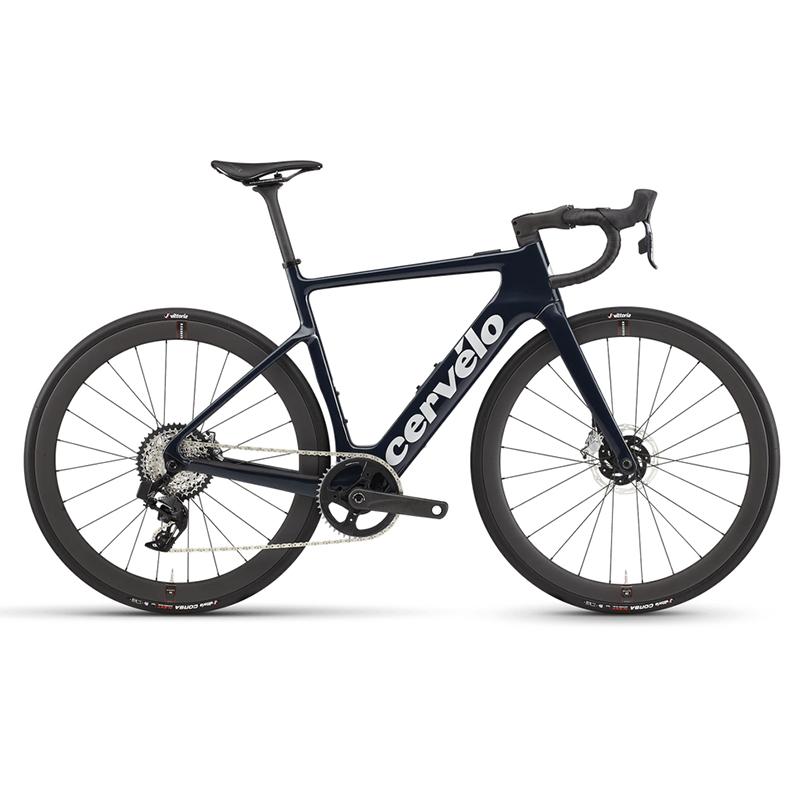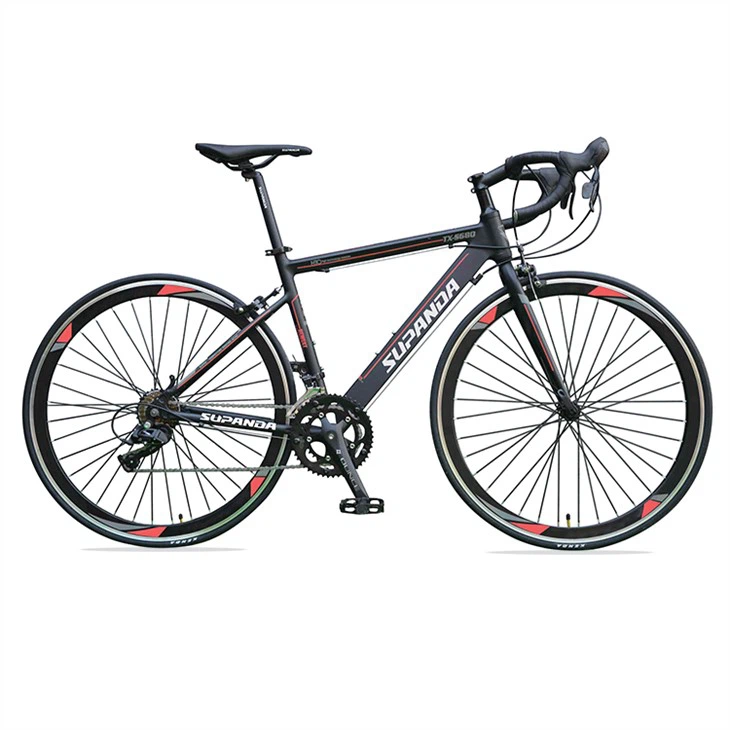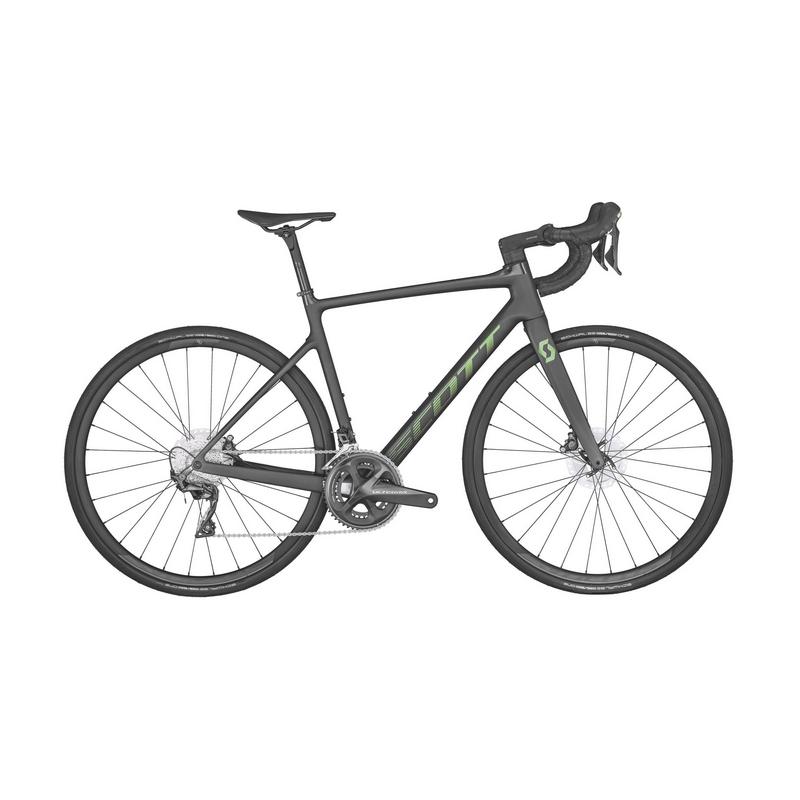Cycling is a fantastic way to maintain fitness, explore new places, and enjoy the outdoors. For those new to biking, an entry-level road bike can serve as the perfect introduction to the world of cycling. These bikes are designed to be affordable while still offering quality and performance. In this guide, we will explore some of the best entry level road bikes available, focusing on key features, benefits, and tips for making the right choice for your cycling needs.
What Makes a Road Bike Entry Level?
Road bikes are designed for speed and long-distance riding on paved roads. Entry-level road bikes focus on balancing performance, affordability, and ease of use. They are tailored for beginners who want a smooth introduction to road cycling without excessive costs or complications.
Key Features to Look for in Entry Level Road Bikes
- Affordable Price Point: Entry-level bikes usually range between $500 and $1500. These bikes provide good value without high-cost materials or advanced engineering.
- Durable Frame Material: Often made from aluminum or steel, they offer solid performance and longevity. Aluminum frames are lightweight, while steel frames provide a smoother ride.
- Simplified Gear System: Most beginner-friendly bikes have a straightforward gearing system. This helps new riders focus on learning rather than managing multiple components.
- Comfortable Geometry: Entry-level bikes emphasize a design suited for comfort. They feature relaxed frame angles and upright handlebars, perfect for longer rides.
- Basic Components: Brakes, derailleurs, and wheels are durable but simple. They prioritize functionality over advanced features.
Differences Between Entry Level and Advanced Bikes
- Frame Material: Advanced road bikes use carbon or titanium for lighter weight and better performance. Entry-level bikes prioritize affordability and durability.
- Weight: High-end bikes are lighter due to expensive materials. Entry-level bikes are slightly heavier but still easy to handle.
- Gear Range: Advanced bikes often have more gear options for precise control on varied terrain. Entry-level models simplify gearing for ease of use.
- Component Quality: Premium road bikes feature advanced components optimized for speed and efficiency. Entry-level bikes focus on reliable functionality.
- Price: High-performance road bikes can cost thousands of dollars, while entry-level bikes are designed to be budget-friendly.
By understanding these differences, beginners can choose a road bike that suits their skill level and budget. Focus on features that ensure comfort, learning ease, and affordability. Entry-level bikes are great for building confidence and enjoying the cycling experience.

Top Entry Level Road Bikes in 2023
Choosing the right road bike is important for new cyclists. In 2023, the market offers several great options. These bikes balance affordability, performance, and comfort perfectly for beginners.
Best Overall Entry Level Road Bike
The best overall road bike combines excellent build quality and balanced features. It should have a durable frame, comfortable geometry, and reliable components for long-term use. Models like the Giant Contend series stand out for their balanced design. These bikes are ideal for riders who want value without losing performance.
Best Budget Entry Level Road Bike
Budget-friendly bikes deliver good performance at affordable prices. Look for bikes under $1000 with basic yet reliable components. Examples include the Triban RC120 or similar models. These bikes use aluminum frames and simple gearing systems, making them perfect for new riders who prioritize affordability.
Best Lightweight Entry Level Road Bike
Lightweight bikes are great for riders who value speed and ease of handling. Aluminum frames are common in this category due to their low weight. Bikes like the Specialized Allez excel in lightweight performance and still remain beginner-friendly. These bikes are perfect for longer rides and hilly terrain.

Frame Material Options for Entry Level Road Bikes
Selecting the right frame material is vital for a great cycling experience. Entry-level road bikes typically feature aluminum, carbon, or steel frames. Each material has unique strengths and weaknesses that cater to different needs and preferences. Let’s break them down to help you make the best choice.
Aluminum Frames: Pros and Cons
Pros:
- Lightweight: Aluminum frames are much lighter than steel, enhancing speed and efficiency.
- Affordable: They are cost-effective, making them ideal for beginners on a budget.
- Stiff and Responsive: Aluminum offers a solid and agile ride, great for casual cycling.
Cons:
- Less Comfortable: The stiffness can result in a bumpier ride, especially on rough surfaces.
- Limited Lifespan: Aluminum frames are less durable over time compared to steel or carbon.
Carbon Frames: Pros and Cons
Pros:
- Extremely Lightweight: Carbon is the lightest frame material, perfect for speed and climbing.
- Comfortable: Its vibration-dampening qualities deliver a smoother ride on uneven roads.
- High Performance: Carbon frames provide superior aerodynamics and responsiveness for long rides.
Cons:
- Expensive: Carbon is pricier, making it less accessible for many beginners.
- Fragility: These frames can be more prone to damage during crashes or impacts.
Steel Frames: Pros and Cons
Pros:
- Offers Great Ride Quality: Steel frames offer flexibility, providing a more comfortable ride experience.
- Highly Durable: Steel is long-lasting and robust, ideal for riders who want reliability.
- Classic Look: Many riders love steel frames for their timeless aesthetic appeal.
Cons:
- Heavier: Steel frames are heavier, making them less ideal for fast or hilly rides.
- Costly Maintenance: They can rust if not properly maintained, requiring extra upkeep.
Understanding frame material options helps you align your bike choice with your goals. Whether you prioritize affordability, performance, or ride comfort, knowing the pros and cons of aluminum, carbon, and steel will guide your decision.
Gearing and Speed Considerations for Beginners
Selecting the right gearing is crucial for an enjoyable riding experience. Beginners often find complex gear systems challenging. Simplified gearing can help new riders focus on comfort and control during their rides.
Essential Gear Range for Beginner Riders
A balanced gear range ensures smooth pedaling across different terrains. Beginner-friendly road bikes typically feature:
- Compact Cranksets: These have smaller chainrings (such as 50/34 teeth). They provide easier pedaling, ideal for climbs and longer rides.
- Wide Range Cassettes: Pairing compact cranksets with a wide gear range (11-32 teeth cassettes) improves adaptability. This setup ensures riders can tackle both flat roads and steep climbs with ease.
- Fewer Gears for Simplicity: Many entry-level bikes have 8-10-speed drivetrains. These make shifting gears easier to learn and manage.
New riders should prioritize versatility and simplicity over advanced gear options. This reduces confusion and builds confidence during the learning phase.
Single vs. Multiple Chainring Systems
Chainring systems impact gear variety and ease of use. Let’s compare the two options:
- Single Chainring Systems:
- Simple and easy to operate.
- Fewer moving parts reduce maintenance.
- Limited gear options may not suit steep climbs.
- Multiple Chainring Systems:
- Offer broader gear selection.
- More suited for diverse terrains and longer rides.
- Require slightly more upkeep and understanding.
For most beginners, a two-chainring setup (compact crankset) strikes the perfect balance. It offers flexibility while remaining easy to use. Understanding your typical riding route and fitness level helps in choosing the right system.

Choosing the Right Size for Your Road Bike
Finding the right bike size is crucial. A proper fit enhances comfort and optimizes performance, especially for beginners. Riding a bike that is too large or small can lead to discomfort and inefficient cycling. Beginners should prioritize accurate measurements to make smarter purchase decisions.
How to Measure Bike Size for Beginners
- Stand Over Height: Measure the distance between the ground and your inseam. The bike frame’s top tube should leave 1-2 inches of clearance.
- Frame Size: Road bikes are categorized by frame sizes, commonly measured in centimeters. Match your height and inseam to the recommended frame size chart by the bike brand.
- Handlebar Reach: Ensure the handlebar is easily reachable without straining your arms or shoulders.
- Seat Adjustments: Test saddle height by placing your heel on the pedal. Your leg should remain straight at the lowest pedal point.
Beginners should try multiple bikes to find the perfect fit. Checking the size in person before buying ensures better comfort during longer rides.
Importance of Bike Fit for Comfort and Performance
- Comfort First: A well-fitted bike prevents aches in the back, knees, or wrists during your ride.
- Improved Control: Accurate sizing enhances bike handling, especially on turns and climbs.
- Optimal Power Efficiency: A perfect fit boosts pedaling efficiency, helping you ride farther with less fatigue.
- Injury Prevention: Avoiding improper fit reduces the risk of developing cycling-related injuries in the long term.
Beginners should consult a professional fitter if unsure about bike sizing. Many bike shops offer assistance with sizing and adjustments. Prioritizing the right size ensures a smoother, safer, and more enjoyable cycling experience.
Road Bike Maintenance Tips
Proper maintenance ensures that your road bike stays in great condition and performs reliably. Beginners should focus on regular upkeep to extend the bike’s lifespan and improve ride quality.
Basic Upkeep for Entry Level Road Bikes
- Clean Your Bike Regularly:
- Wipe down the frame and components after each ride.
- Prevent dirt and grime from causing wear over time.
- Lubricate the Chain:
- Apply bike chain lubricant every few rides.
- This ensures smooth shifting and reduces noise.
- Check Tire Pressure:
- Inflate tires to the recommended PSI frequently.
- Proper tire pressure prevents flats and improves speed.
- Inspect Brakes:
- Test brake pads for wear and replace them when needed.
- Confirm cables and levers work smoothly.
- Tighten Loose Bolts:
- Regularly check bolts on the frame, handlebars, and saddle.
- Tight bolts prevent accidents during riding.
- Service Moving Parts:
- Have a mechanic assess gears, bearings, and wheels every few months.
- Smooth operation ensures a better ride.
Common Issues to Watch for and Fix
- Chain Slip or Skipping:
- Causes: Worn chain or misaligned gears.
- Fix: Replace the chain or adjust the derailleur.
- Flat Tires:
- Causes: Riding over sharp objects or low tire pressure.
- Fix: Patch the inner tube or replace it entirely.
- Noisy Brakes:
- Causes: Dirty brake pads or worn-out rims.
- Fix: Clean the pads or replace them.
- Squeaky Pedals or Crankset:
- Causes: Lack of lubrication or loose bolts.
- Fix: Lubricate pedals and tighten bolts.
- Loose Handlebars or Saddle:
- Causes: Poor adjustments or frequent use over time.
- Fix: Tighten the bolts and adjust the position.
Routine maintenance keeps your bike safe, efficient, and ready for rides. Pay attention to small issues and fix them early to avoid costly repairs later. With regular care, entry-level road bikes stay comfortable and perform at their best.

Accessories to Enhance Your Road Biking Experience
Enhancing your road bike experience goes beyond the bike itself. The right accessories make rides safer and more enjoyable. They help beginners stay comfortable, organized, and secure on the road.
Must-Have Gear for New Cyclists
- Bike Helmet: Always wear a well-fitted helmet. It protects your head in case of falls.
- Cycling Gloves: Gloves offer better grip and reduce hand strain on longer rides.
- Water Bottle and Cage: Stay hydrated by attaching a water bottle cage to your bike frame.
- Flat Repair Kit: Carry spare tubes, tire levers, and a mini pump for puncture emergencies.
- Cycling Shorts: Padded shorts improve comfort during long rides, reducing saddle soreness.
- Multi-Tool: Essential for making quick adjustments to your bike on the go.
- Bike Lights: Use front and rear lights to stay visible, especially at night or in low light.
- Phone Mount: Secure your phone to the handlebar for easy access to navigation or calls.
Having these essentials ensures a smoother, more prepared ride. Beginners should keep safety and convenience in mind while selecting gear.
Recommended Safety Essentials
- Reflective Gear: Wear reflective jackets or vests to make yourself visible to motorists.
- Bell or Horn: A bell alerts pedestrians and other cyclists of your presence.
- First Aid Kit: A small kit helps address minor injuries during rides.
- Cycling Glasses: Protect your eyes from wind, dust, and sunlight.
- Locks: Use a strong bike lock to secure your bike when parked.
- Crash Sensor: Some sensors can send alerts to your emergency contacts after a fall.
- Emergency Contact Card: Keep a card with your personal details and emergency numbers.
Safety is vital for enjoyable rides. Proper precautions ensure beginners can focus on learning and enjoying. By combining essential cycling gear with safety tools, new cyclists can build confidence and enhance their road biking experience.
Conclusion
Embracing the Joy of Cycling
In conclusion, investing in the best entry level road bikes can greatly enhance your cycling journey. By considering features like frame material, gearing, fit, and maintenance, you can find a bike that meets your individual needs. Focus on comfort, performance, and reliability, ensuring an enjoyable experience as you explore new trails and roads.
Begin Your Adventure
Embrace the freedom and joy that cycling offers. The right road bike will empower you to build your skills and confidence as you embark on your cycling adventures. Enjoy the thrill of the ride, and feel the sense of accomplishment as you reach new destinations.
Cycling is more than just a physical activity; it is a lifestyle that connects you with nature and fosters a sense of community. As you gear up for your journey into road biking, remember that having the right equipment will keep you comfortable and motivated to ride for many years to come. So, get prepared to hit the road, embrace the joy of cycling, and create lasting memories!